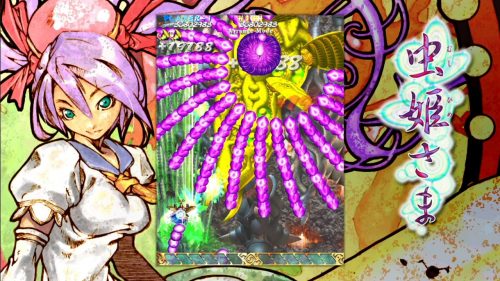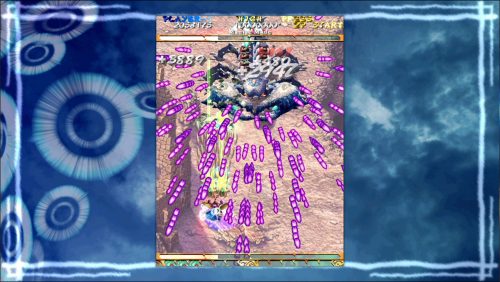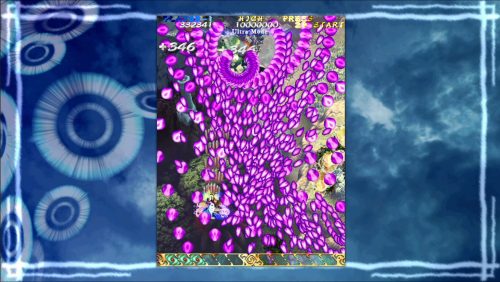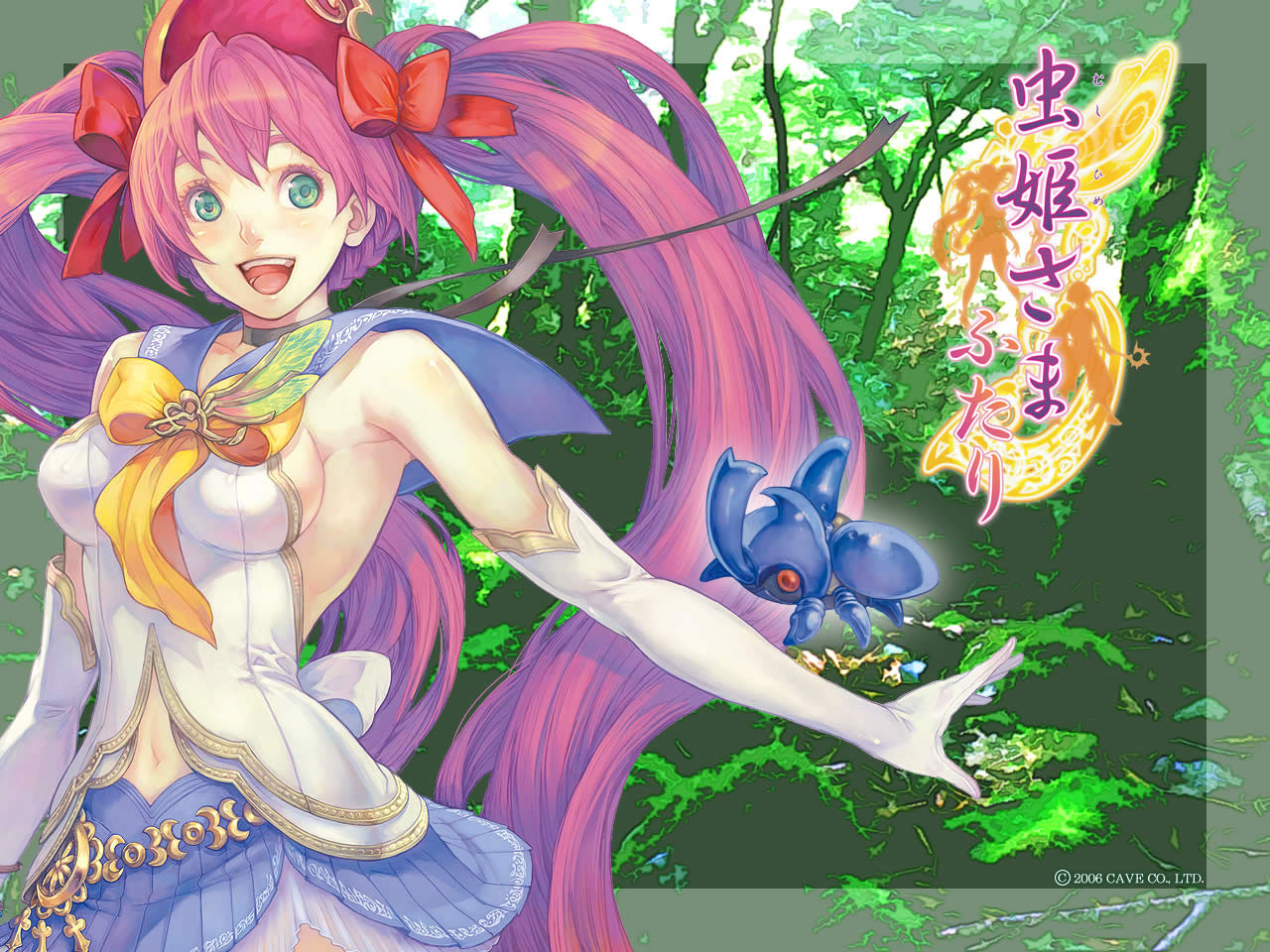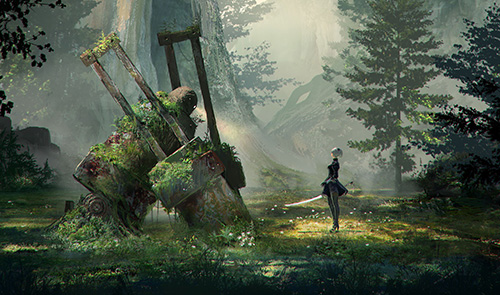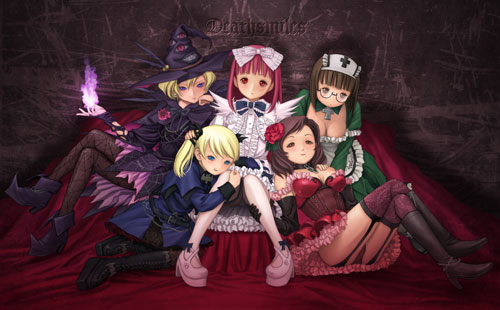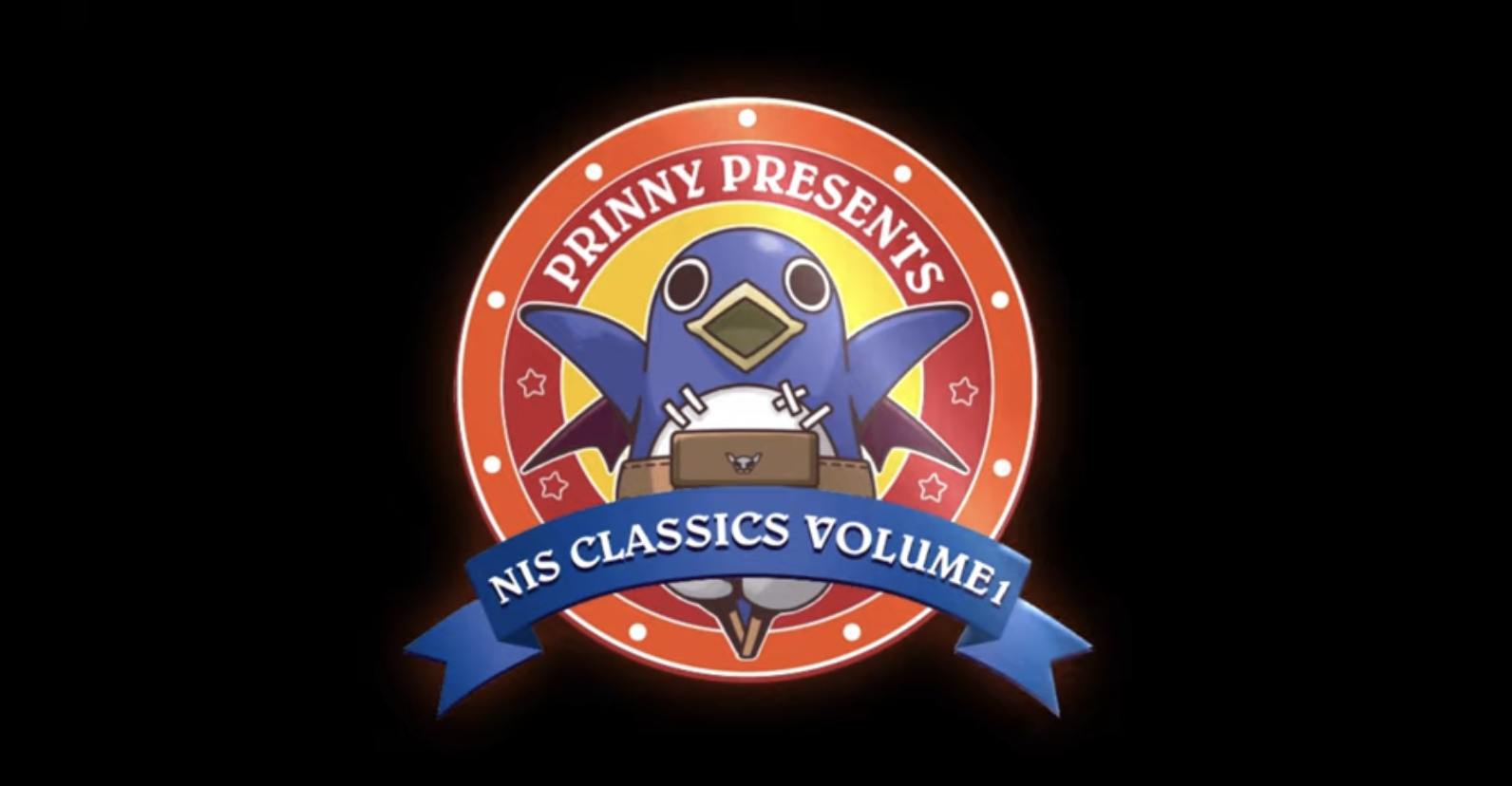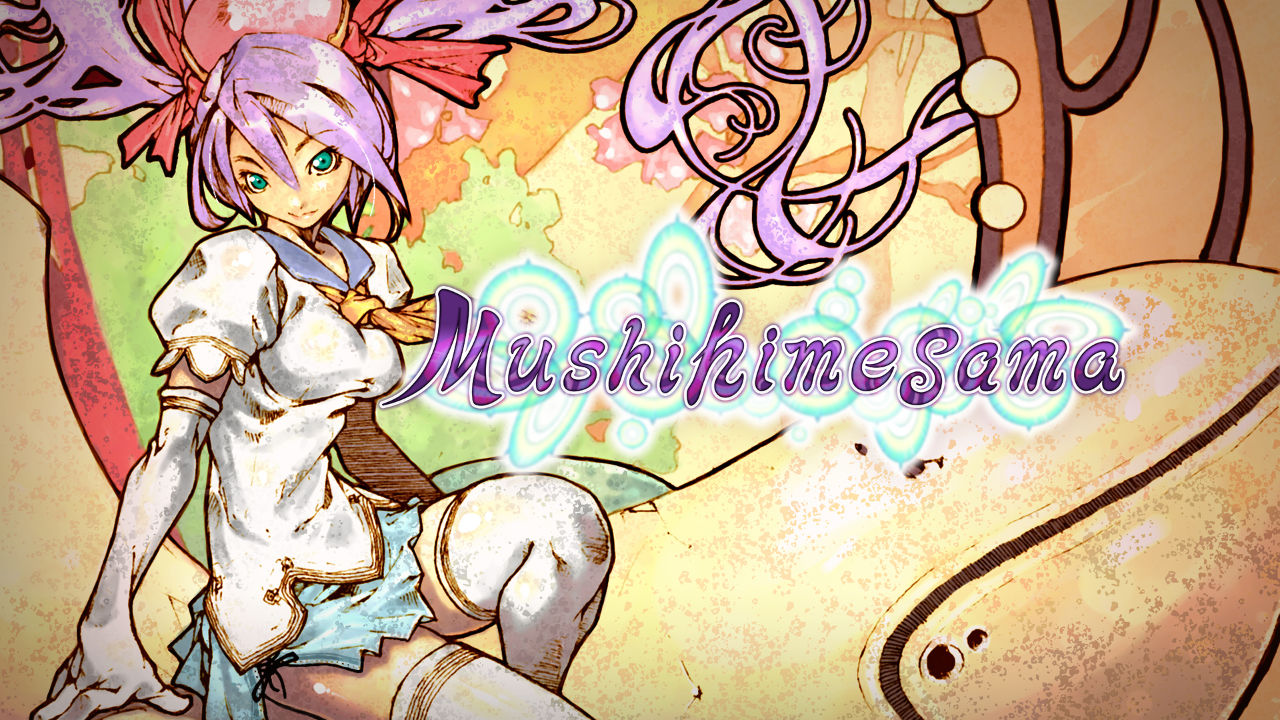
Though they’ve long since abandoned the arcades for the much more financially viable pastures of mobile gaming, Cave’s lineup of classic bullet-hell shooters continues to be revered and loved around the world, and their influence on gaming from indie hits like Jamestown to big-name classics like Nier Automata, is undeniable.
Fortunately, publisher Dejica is happy to keep the torch burning, having successfully brought three of their titles (Dodonpachi Resurrection, Deathsmiles and Mushihimesama) to PC, and now they’re trying their hand at bringing the titles to Switch, starting with Mushihimesama (The other Cave port to Switch, of ESP Ra.De, was done by M2 and still hasn’t been released outside of Japan).
The good news for players is that this is, indeed, Mushihimesama as it was when it released in arcades in 2004. It carries over all the features of the 2015 PC port, which itself was based on the 2011 Xbox 360 port. The main difference between the Switch and PC versions is that the Ver 1.5 mode is included by default on Switch, rather than being paid DLC like on PC. All these versions are vast improvements over Taito’s 2005 PS2 port, which suffered from wobbly scrolling and framerate issues.
If you’ve never played Mushihimesama then get ready for one of Cave’s most accomplished efforts. The game offers some of the best art the company ever produced, with its Nausicaä-inspired post-apocalyptic giant bug theme (the title translates to English as “bug princess”) coupled with one of Manabu Namiki’s best soundtracks for any Cave shooter.
It’s also one of Cave’s more complex shooters in terms of scoring systems, though it lacks the second-loop mechanics of its sequel, or the “get point” system of DoDonPachi.
When starting a game, you select from three modes, Original, Maniac and Ultra. Original is a much more toned-down version meant to evoke traditional shooters, with less of a focus on bullet patterns. It also uses a different scoring system, with gem collecting and bullet clearing being the most important mechanics (clearing bullets generates gems in all modes).
For the most part, however, Maniac mode is where the meat of the game is. This is the intended Cave bullet hell experience, and it uses a wildly different scoring system to Original. In this mode, a bonus counter at the top left of the screen increases as enemies get hit, and enemy point values are multiplied by the counter when they’re destroyed. Enemies also have individual counters that decrease when they’re on screen without being hit. The idea is to kill enemies quickly to both get more gems and increase the counter faster.
The catch, however, is a technique known as skyrocketing. Because score counters on stage mid-bosses increase by a set amount when they first get hit, and the contribution that mini-counters (these are generated by your option pods when attacking mid-bosses and stage bosses) make to the boss counter, by using a specific firing rhythm it’s possible to raise the counter far beyond what was intended by Cave.
This technique was first discovered in the arcade version, and every home port from the PS2 version onwards has included settings to simulate the tapping rhythms by holding down one button, so that all players can compete more evenly (especially on controllers, where maintaining the rhythm can be much more difficult) for high scores. Obviously, it isn’t necessary to enjoy the game, but if you want to make the online high score table, well, this is what peak performance looks like.
The final mode is Ultra mode, which the game warns you is hard, and it isn’t messing around. Basically, a much more intense version of Maniac, with faster, more complex patterns, “revenge” bullets (bullets released by enemies when they’re destroyed) and more enemies overall. This is the mode for the true bullet hell shooting gods out there, and you only choose it if you really, really want the challenge. It uses the same scoring system as Maniac, but with a much higher scoring potential.
Of course, these are just the three basic modes of the normal version of the game. Alongside this version, Mushihimesama for Switch includes three other versions: Novice, Arrange and Ver 1.5. Novice is a much toned-down version of the game designed for players new to bullet hell. It plays like the normal version, but with fewer and slower bullets. If this is your first time playing any bullet hell, then Novice mode might be for you.
Arrange mode re-arranges the scoring system somewhat. The counter starts at 200000 in stage 1, and decays much slower than normal. It also increases faster based on proximity to an enemy and whether you use the focused attack that occurs when holding down the fire button. On top of that, there’s an autobomb that allows you to take an extra hit on each life, but at the cost of your remaining bomb stock. You’re also fully powered up from the start in this mode. It’s a fun alternative to the main mode, especially if you struggle to get the big scores as you already have a huge meter acting on your score and the big numbers that appear when killing enemies are extremely satisfying.
The final mode is Ver 1.5, which remixes the game more dramatically than Arrange. You start out by choosing whether you want normal power or “MAX mode”, which gives you max power from the start, but enemies shoot faster in exchange. From there, scoring is all about getting up close and personal with enemies for big gem counts. The skyrocketing technique doesn’t work in this mode, so it’s much purer in terms of traditional bullet hell strategy. It’s a fun mode and it’s great that it’s been included by default on Switch rather than as DLC as it was on Xbox 360 and PC.
The overall package for Mushihimesama on Switch is excellent. Four modes, each with tonnes of replayability for anyone looking for a bullet hell fix. While I personally prefer the game’s sequel, 2005’s Mushihimesama Futari, that doesn’t detract from the fact that this is a great game. The variety of modes and options make it great for both bullet hell aficionados like me, and genre newcomers alike. It’s also a good starting point for anyone looking to get into Cave’s amazing catalog of shooters, and well worth checking out.
Arcade perfect port of one Cave's classic shooters
A good place for beginners looking to get into bullet hell
Lacking some features compared to other recent ports of Cave's titles
The Switch pro controller does not lend itself well to this game

